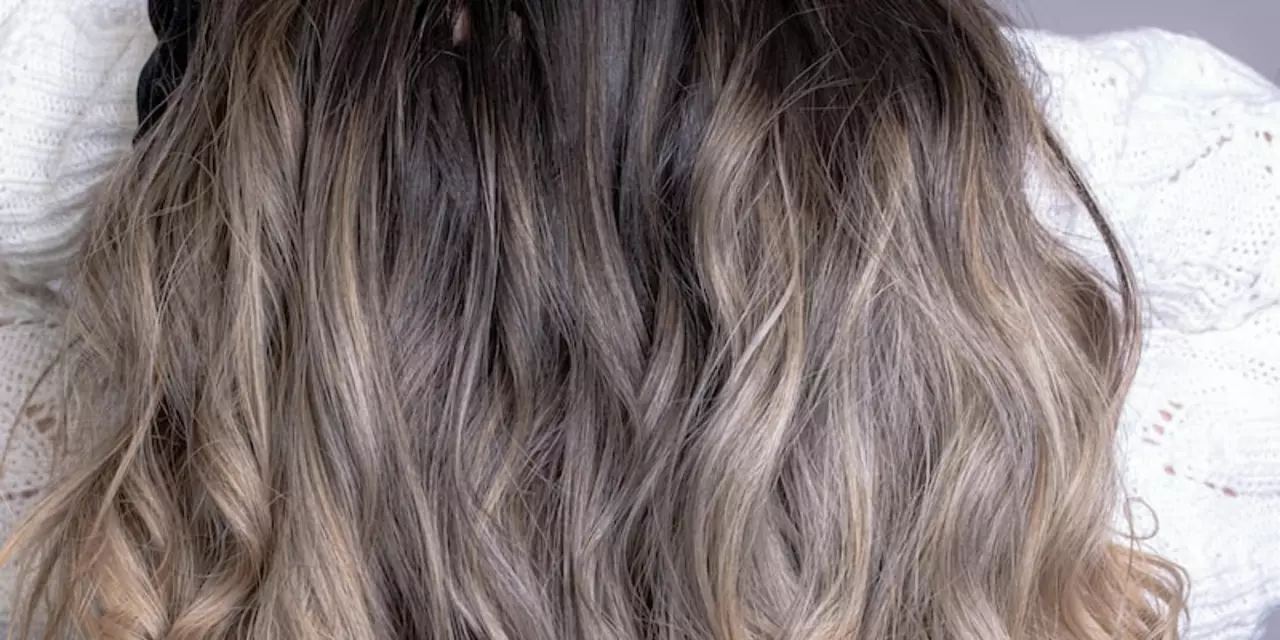Ever wondered if using that old hair dye or expired medicine in your cabinet could actually do harm? Or maybe you’ve felt that panic after a waxing mishap and worried a scar would last forever. The idea of damage isn’t just about split ends—it's about real risks that mess with your routine, health, or look. Let’s break down what damage means and how you can avoid those ‘uh-oh’ moments.
If you’ve dyed your hair twice in one day hoping for the perfect shade, you’re not alone. But here’s the deal: doing it can leave your hair dry, brittle, and prone to breakage. The chemicals don’t just leave color—they strip away moisture and make every strand weaker. If you’ve already done this, grab a deep conditioner and go easy on heat styling for a while. Planning to color again soon? Wait a few days so your hair has time to recover. It’s not just about the way hair looks; it’s about keeping what you’ve got healthy so it actually grows.
What about ammonia-free dyes? Sure, they sound gentler, but they can cause their own trouble. Some folks notice more scalp irritation, fading colors, and even drier hair. Ingredients might sound safer, but without good conditioning agents, your hair could end up feeling coarse or dull. Always do a patch test, and don’t skip the after-care. Even so-called ‘safe’ colors can trip you up if you’re not careful.
Got expired medicines stashed away? Tossing them in the trash or flushing them can hurt the environment—plus, taking them can be straight up risky. Chemical breakdowns mean old meds can lose strength or change in ways you can’t see, and no, those expiration dates aren’t just a suggestion. Local take-back programs or pharmacies usually have safe options for disposal—don’t just wing it.
Waxing at home feels simple, but one wrong move and you’re facing a burn on your upper lip. That raw skin can look scary, but most small burns heal if you treat them quickly with cool compresses and gentle ointments. Picking or scrubbing makes things worse and ups your risk of a lasting scar. If things don’t seem to get better or a blister gets nasty, get it checked out—scars stick around when you ignore healing signs.
Even things you think are safe, like dyeing with Kool-Aid or choosing natural oils, have their own risks. Not every color sticks on dark hair, and some methods dry your scalp or don’t wash out as easily as you hope. With argan oils and other natural brands, check the label. Pure doesn’t always mean better if it’s not handled right or mixed with other stuff you don’t need.
Want to keep damage out of your life? Think ahead: read labels, go slow with changes, and treat your body and hair with the same care you'd give something you really care about. Spot a problem? Act early. That’s the difference between a bump in the road and a long-term hassle.

The German brand hair color is a popular hair dye used to change the color of hair. Consumers are interested in using it because it is less damaging to the hair than other brands. It claims to have less ammonia, peroxide and other harsh chemicals, allowing the hair to be colored while still being healthy. Studies have shown that German brand hair color is gentler on hair than other hair dyes, and is less likely to cause breakage or dryness. It can also be used to cover gray hairs without damaging them. Overall, German brand hair color is a safe and effective way to safely color your hair.